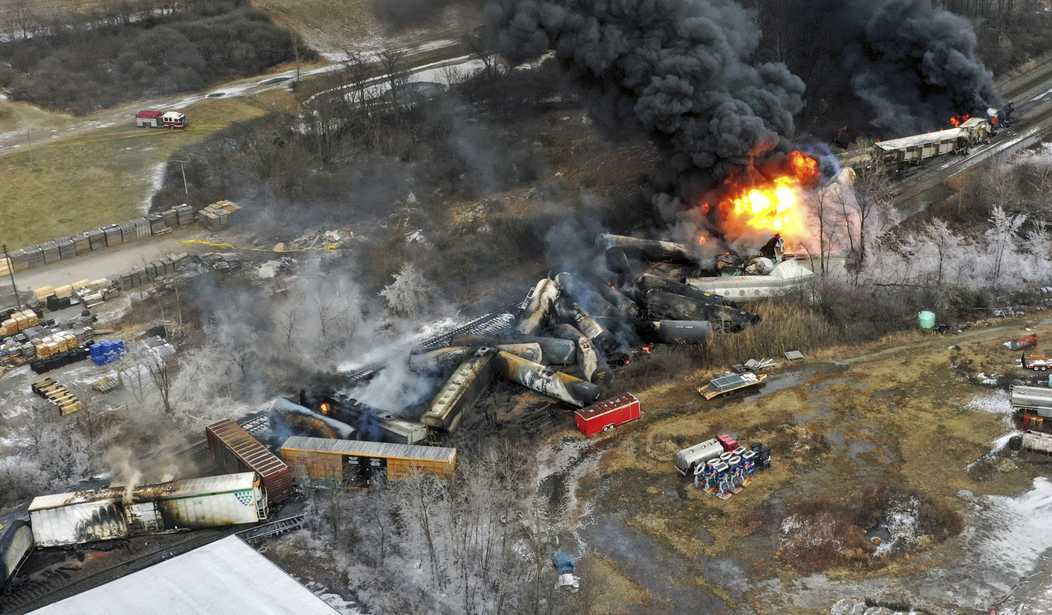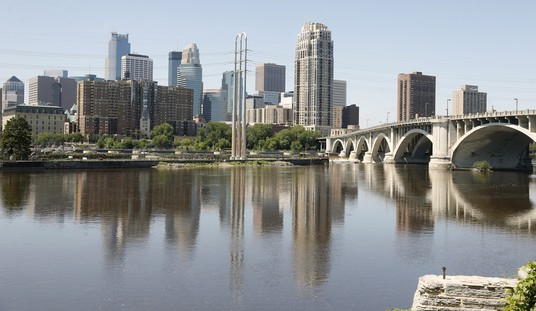When officials decided to carry out what was later determined to be an unnecessary “controlled burn” in the wake of the Feb. 3, 2023, train derailment in East Palestine, Ohio, toxic chemicals blanketed the area. According to a new research paper, the pollutants traveled far beyond the village, however, affecting to some extent roughly 540,000 square miles of land.
“In total, we estimate at least some impact on portions of 16 states and one third of the population of the US (110 million), and likely impacts to southern Ontario, and many of the Laurentian Great Lakes,” the researchers wrote in their study published in Environmental Research Letters.

Graph published in the Environmental Research Letters paper, “Widespread impacts to precipitation of the East Palestine Ohio train accident.”
“I didn’t expect to see an impact this far out,” David Gay, lead author of the study, told The Washington Post. “There’s more going on here than most people would have guessed, including me.”
When it began to rain in various places, the pollutants were pushed from the air and deposited on the ground. The National Atmospheric Deposition Program, at the University of Wisconsin at Madison, collects these ground depositions weekly across 260 sites across North America. Gay, who serves as coordinator of the program, routinely analyzes the data to monitor air pollutants.
“If you have a lot of pollution in the atmosphere, you get a lot of wet deposition pollution at the ground,” Gay said.
He and his team analyzed ground depositions from the week of and following the train accident (Jan. 31 to Feb. 14), and then compared them to the previous decade or so. Many samples taken during the week of the accident in Pennsylvania, Michigan, Massachusetts, Wisconsin and New York were flagged for contamination, showing soot, ash and dirt.
Initially, Gay expected to see only a few abnormally high chloride signals nearby in Pennsylvania, but the impact was much higher than he anticipated. High chloride concentrations spanned as far as Virginia, South Carolina and Wisconsin. The highest concentrations were located near the Canada-New York border, which was downwind of East Palestine. (The Washington Post)
Recommended
While the study said the pollutants disappeared a few weeks after the accident, people near the site of the train derailment have suffered from various health problems ever since.
Juliane Beier, an expert on the effects of vinyl chloride, told the Post it's uncertain what the long-term impacts from the exposures will look like.
“I think we should be concerned,” Beier said.

























Join the conversation as a VIP Member